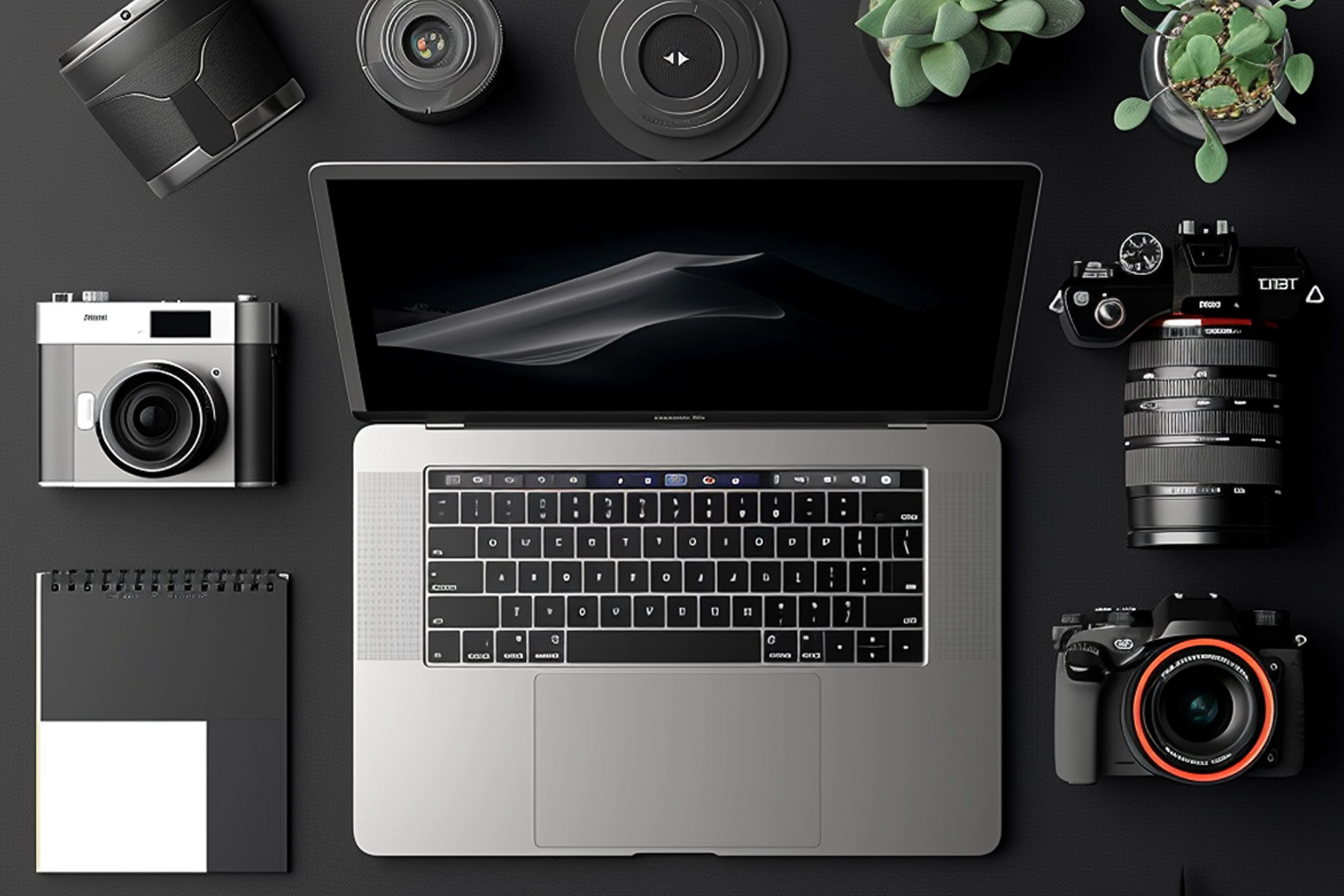
,
Importance of Planning in Photography
Planning is a crucial aspect of photography that can make or break a shot. It involves pre-visualizing the final image, scouting locations, considering lighting conditions, and preparing the necessary equipment. Without proper planning, you may miss out on capturing the perfect moment or fail to convey the desired message through your photos.

How Does Planning Impact the Outcome of a Photo Shoot?
When you take the time to plan your photo shoot, you set yourself up for success. By thinking ahead and carefully considering all the variables, you increase the likelihood of capturing stunning images that resonate with your audience. Whether you are shooting a portrait, landscape, or event, planning allows you to optimize your time and resources for the best possible results.
Steps to Effective Planning
To become a masterful photographer, you must develop a systematic approach to planning your photo shoots. Here are some key steps to help you streamline your planning process and achieve outstanding results:
- Define Your Objectives: Before embarking on a photo shoot, clearly outline your goals and objectives. What message do you want to convey through your photos? Who is your target audience? By setting clear objectives, you can guide your creative process and ensure that your photos align with your vision.
- Research and Inspiration: Dive into research and seek inspiration from other photographers, art galleries, or nature. By studying the work of others, you can gain new perspectives, techniques, and ideas that can elevate your own photography. Drawing inspiration from various sources can spark creativity and help you develop a distinct style.
- Scout Locations: Visit potential shooting locations ahead of time to familiarize yourself with the surroundings. Pay attention to the lighting conditions, architectural elements, landscapes, and potential obstacles. By scouting locations in advance, you can identify the best vantage points and plan your composition for optimal results.
- Equipment and Gear: Ensure that you have the necessary equipment and gear for your photo shoot. Whether you are shooting with a DSLR camera, mirrorless camera, or smartphone, make sure your gear is in good working condition. Consider the lenses, tripods, filters, and accessories that will enhance your image quality and creative possibilities.
- Create a Shot List: Develop a shot list or mood board to outline the specific shots you want to capture during the photo shoot. This can help you stay organized, focused, and efficient on the day of the shoot. By visualizing your shots in advance, you can ensure that you cover all the essential elements and compositions.
- Plan for Light and Weather Conditions: Light is a vital component of photography, so plan your shoot around the best lighting conditions. Consider the time of day, weather forecast, and natural light sources when scheduling your shoot. Be prepared to adapt to changing weather conditions and leverage different lighting techniques for stunning effects.
- Flexibility and Adaptability: Despite careful planning, unexpected situations may arise during a photo shoot. Stay flexible, adaptable, and open to spontaneous moments that may result in unique and captivating images. Embrace challenges and think on your feet to make the most of every shooting opportunity.
In conclusion, the dynamics of planning as a photographer are essential for achieving exceptional results. By honing your planning skills, you can elevate your photography to new heights and create captivating images that resonate with your audience. Remember that planning is not a limitation but a catalyst for creativity and innovation in your photography journey. Embrace the planning process, refine your techniques, and watch your photography skills soar to new levels of excellence.






